Last month, Wake Forest Football Head Coach Dave Clawson reflected on his program’s progress at a critical moment in the 2024 season. Having climbed back to an even record, Clawson was optimistic about the trajectory of his team ahead of an important stretch in their schedule.
“This feels different,” Clawson said ahead of Wake Forest’s midseason match with Cal. “I think last year, it felt like we were a 4-4 team that was descending, and this feels like a 4-4 team that’s ascending.”
But while Wake Forest made a considerable turnaround from last season’s campaign through most phases of football, the final results remained unchanged.
With many games falling within one score, the defense failed to keep points off the board, while wins came by doing “just enough.” The season’s progress presented visible issues that Clawson says are hard to fix with new forces like a name, image and likeness (NIL) and a late window transfer portal determining rosters and consuming resources.
Perhaps the most visible problems arose on defense, notably in the secondary. Wake Forest – whose 4-8 record (2-5 ACC) was enough for 15th place in the new 17-team ACC – had the second-to-last defense in the ACC and among the worst in the country, allowing over 32 points per game.
It was no secret going into their season that Wake Forest would struggle in their secondary. The Demon Deacons had already lost top defensive backs Malik Mustapha and Caelen Carson to the NFL Draft before DaShawn Jones also abruptly took his playmaking ability to Alabama in May 2024. Clawson was vocal about the circumstances from the start of the season.
“Just to fix problems, you need a lot of money,” Clawson explained after Wake Forest dropped a one-score game to Louisiana back in October. “And we recruited what we could afford…but it’s a little bit of baptism by fire right now.”
Losing these defenders left an obvious hole for opponents to exploit. As injuries mounted for the inexperienced unit, the Demon Deacons’ struggles in the secondary became their most conspicuous problem.
“I was hoping we would get healthier at corner this week,” Clawson said after Cal quarterback Fernando Mendoza managed to throw for a season-high 385 yards and two touchdowns to beat Wake Forest. “But it always seems like every year, the one position you can’t afford to get hurt at becomes the position you get banged up at.”
With problems keeping points off the board grew louder, relying on the defense to close out games became less viable.
Converting countless close games came down to the offense. The Demon Deacons had a much easier time moving the ball this season, but their struggles would be magnified in what had devolved into critical situations.
With quarterback Hank Bachmeier (16 TDs, 2,593 YDS) at the helm, Wake Forest’s offense came back from one of its worst seasons on offense in recent memory. Running back Demond Claiborne emerged as the team’s top weapon, rushing for over 1,000 yards and 11 touchdowns, becoming one of the best playmaking backs in the ACC. And while wideout Donavan Greene never had the breakout season Wake Forest was looking for, fellow receivers Horatio Fields, Deuce Alexander, and Micah Mays, Jr. combined for over 1,000 yards receiving and eight touchdowns. Meanwhile, veteran, all-purpose receiver Taylor Morin caught for 756 yards en route to becoming the Demon Deacons’ all-time receiving yards leader.
The improvements promised much potential for the Demon Deacons. But once the offense started making mistakes down the season’s stretch, their issues were only exaggerated by precarious one-score scenarios.
After Bachmeier passed for over 1,000 yards without an interception, he would go on to throw a career-high 10 interceptions. Meanwhile, the offensive line allowed the third-most sacks (37) in the ACC, with four of the season’s five highest-sacked games being losses. The mistakes proved costly in late campaign losses like those against Cal, North Carolina, and Duke – all winnable games within minutes of play.
“When you lose one-score games, you really examine things hard,” said Clawson after his offense’s scoreless second half against Duke cost the Demon Deacons their season finale.
But Clawson says his evaluation did not point to problems with his team’s coaching. After a thematic loss to Duke sealed Wake Forest’s second-straight losing season, Clawson defended his program’s infrastructure, citing an impressive resume of years past.
“If I thought we were poorly coached, I’d make changes,” said Clawson.
Wake Forest’s record – featuring seven straight bowl games, top-10 placements in the AP Top 25 College Football Poll, and an ACC Championship appearance – isolates new variables in their program. Forces like name, image and likeness (NIL) and a late window transfer portal put Wake Forest at a serious disadvantage before the season even kicked off.
The consequence of these nuanced factors in college athletics, Clawson explained all season, are many of the issues his team faced all season long. Losing over a dozen players to the transfer portal after last season, including players like Jones in the late spring window, account for many of Wake Forest’s more conspicuous struggles at places like the secondary.
Clawson says he knows that it’s now a necessary part of any college football program, noting that making the necessary adjustments for next year falls on him and the recruiting process. But Clawson says he doesn’t have too much time to step back and reexamine the season. He says the hustle and bustle of the new landscape mean he and his program already have to start re-recruiting their own team, signing new recruits, and looking into potential moves via the transfer portal.
“The reality of college football [is] you don’t have time anymore,” said Clawson. “This has become just nonstop, 24/7.”

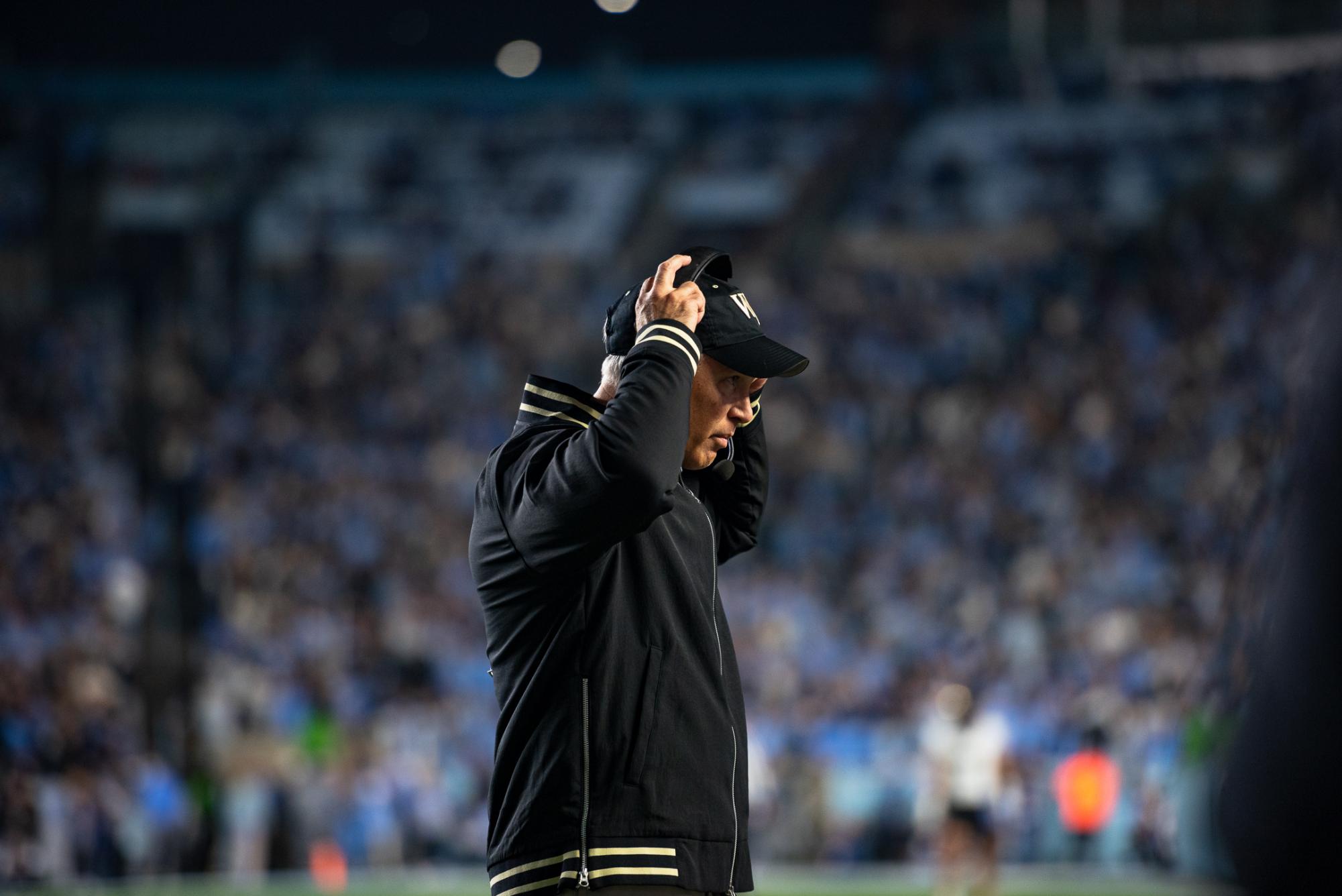
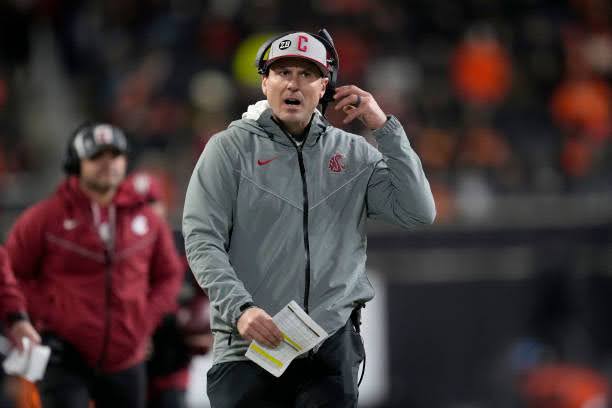
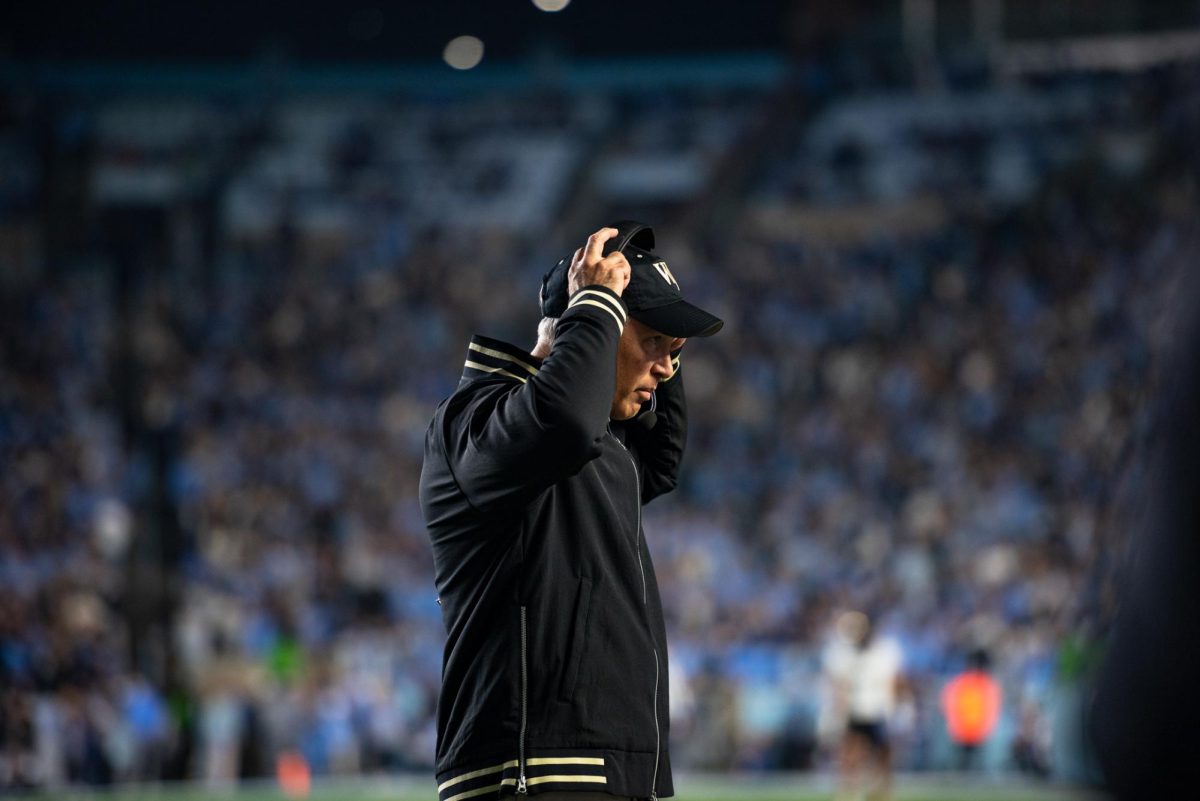
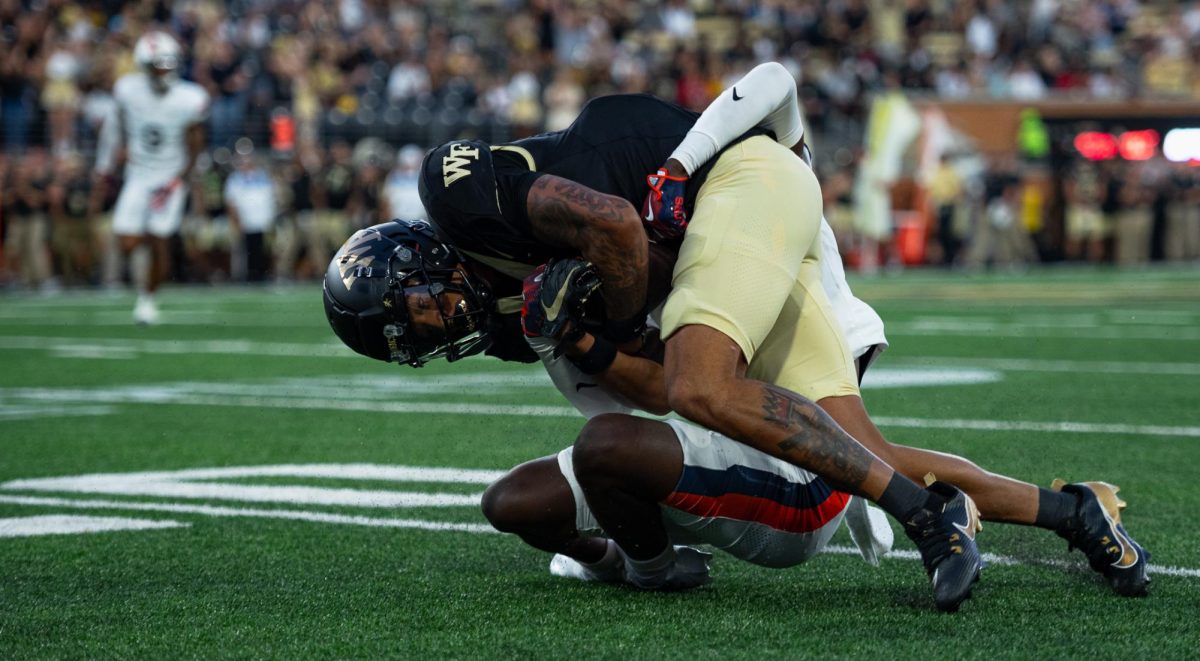
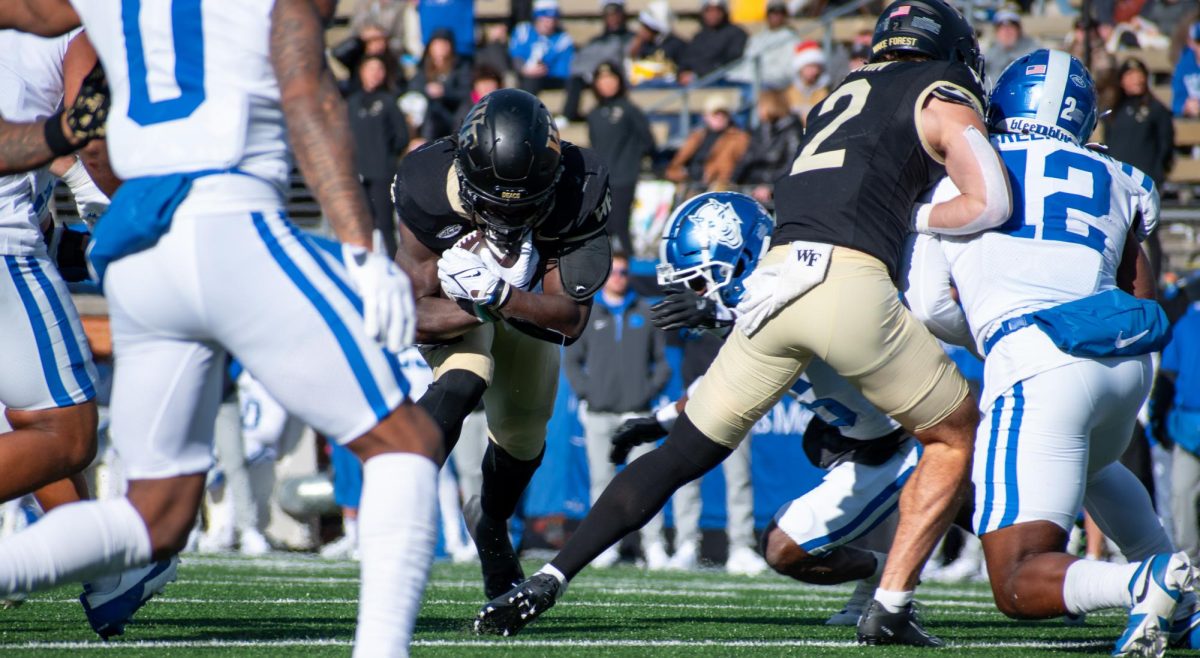
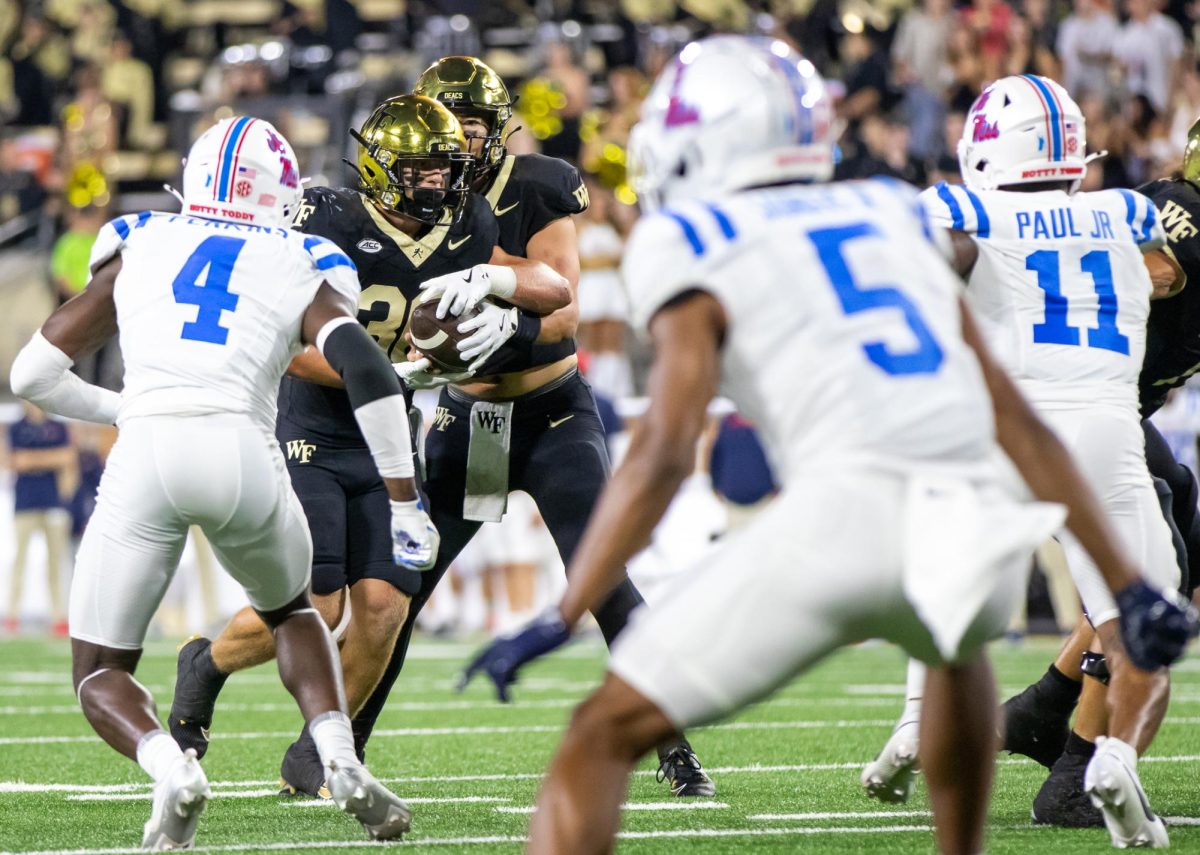

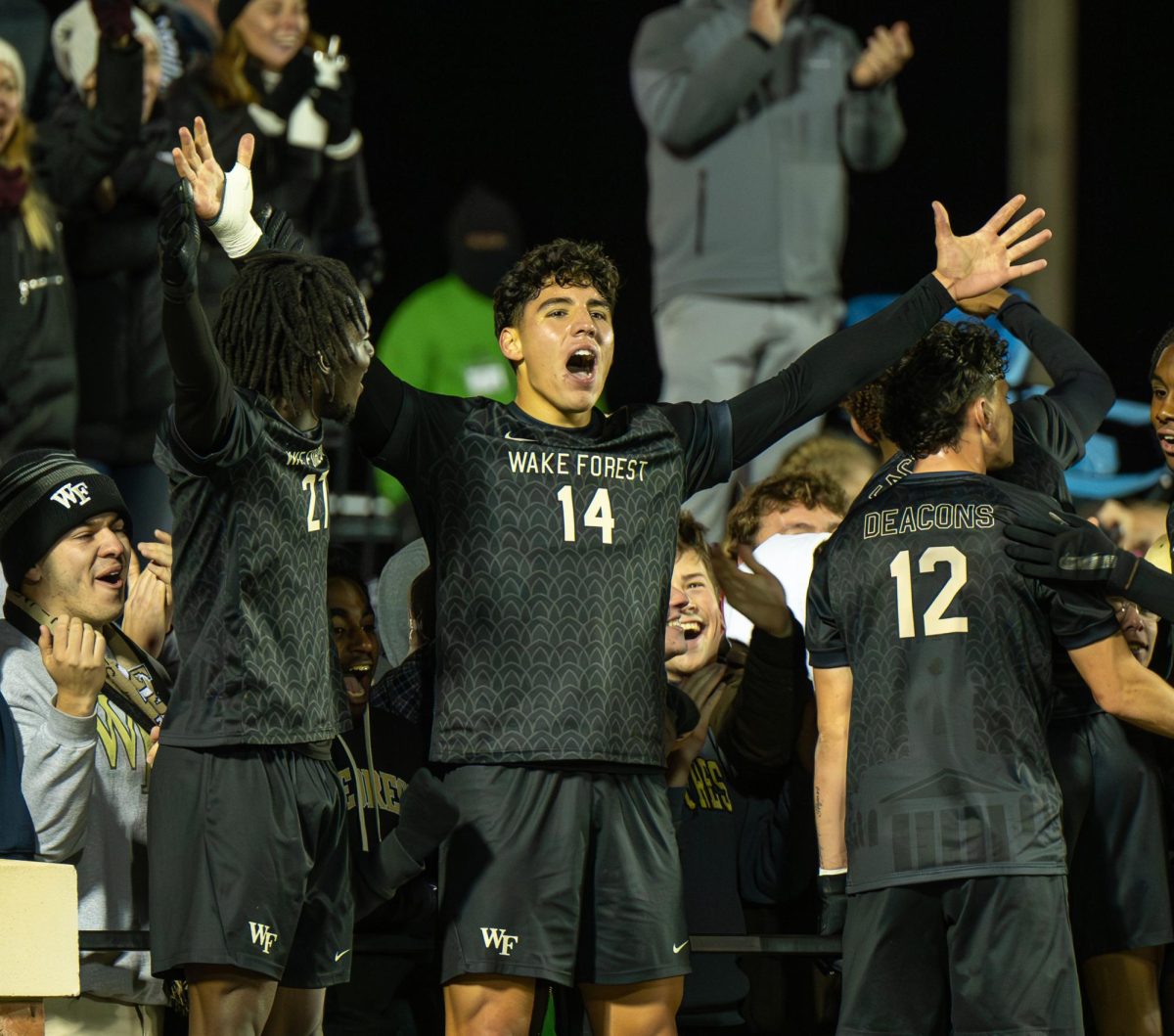
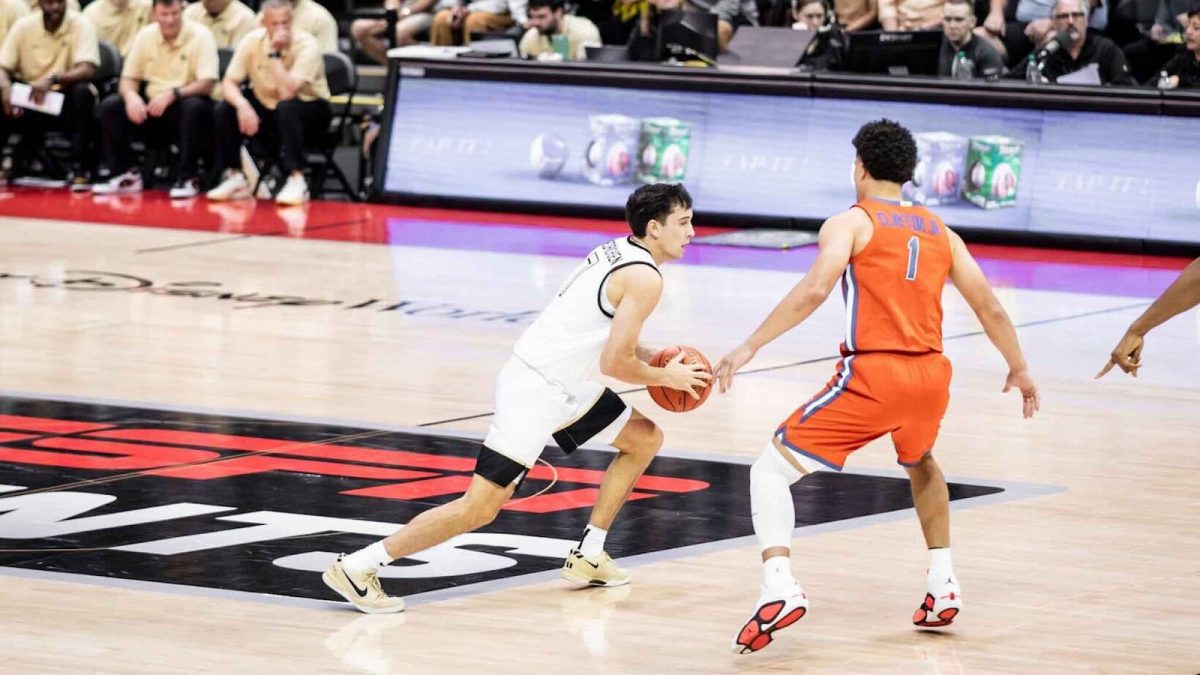
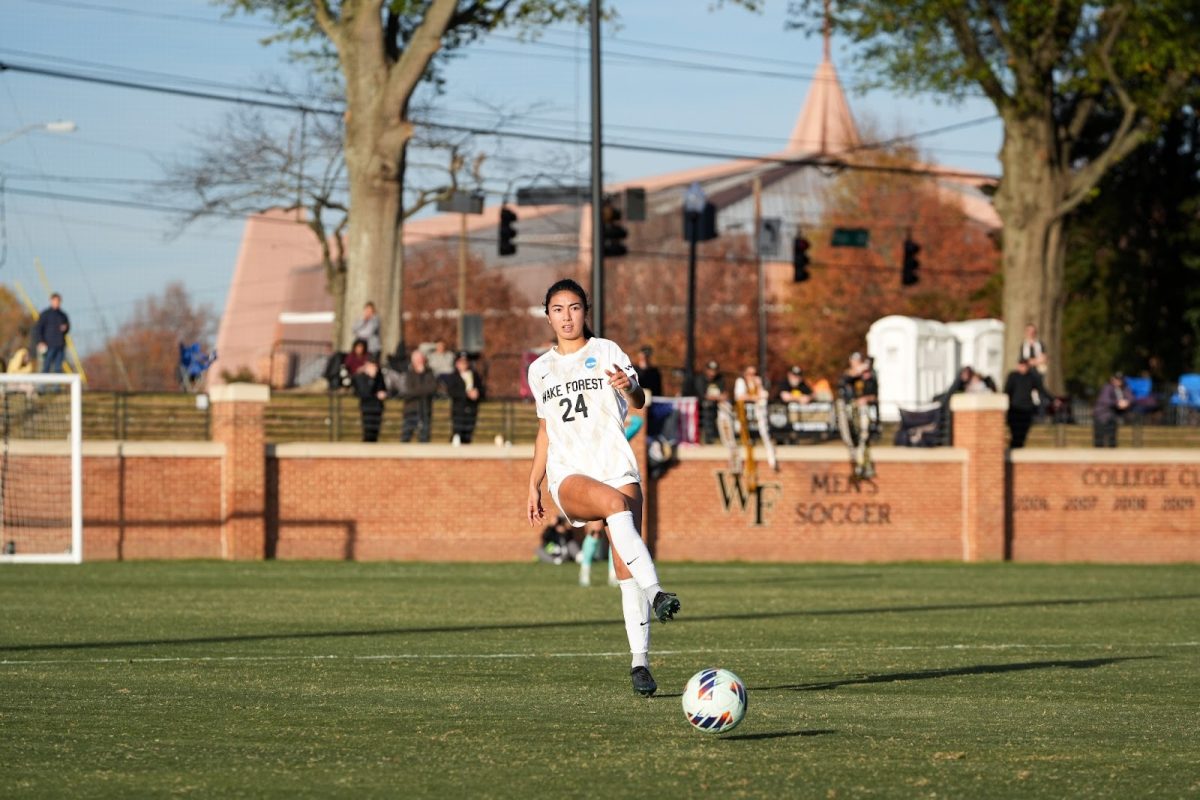
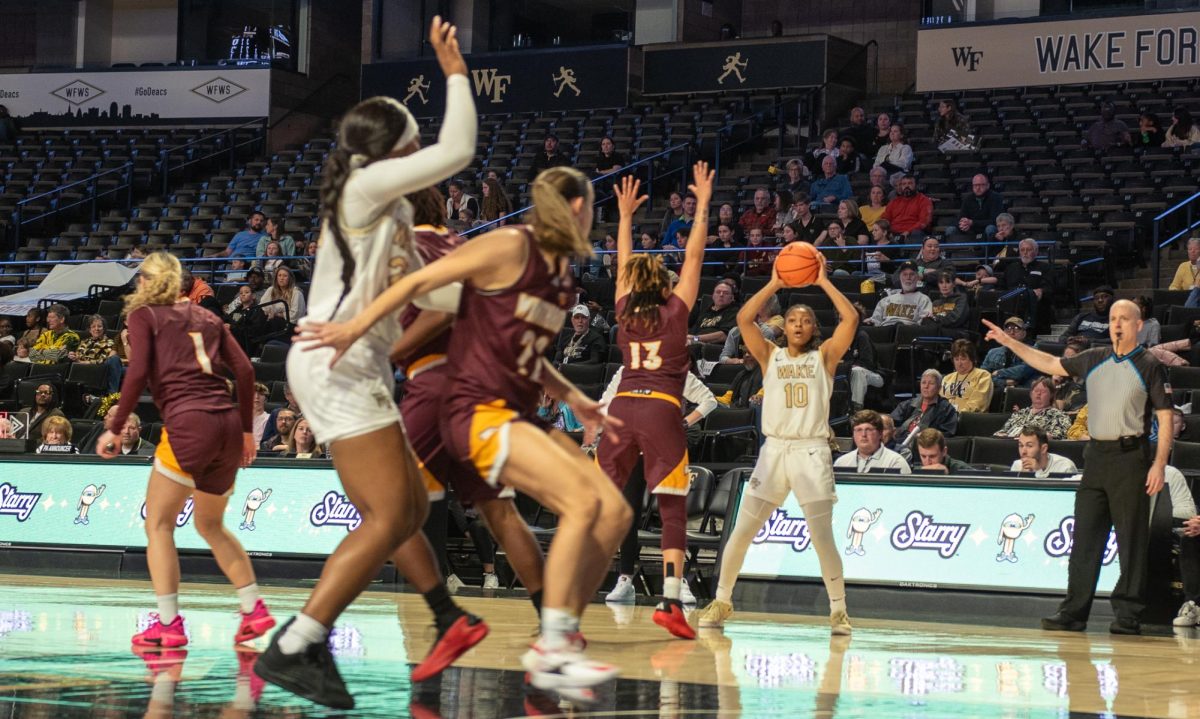
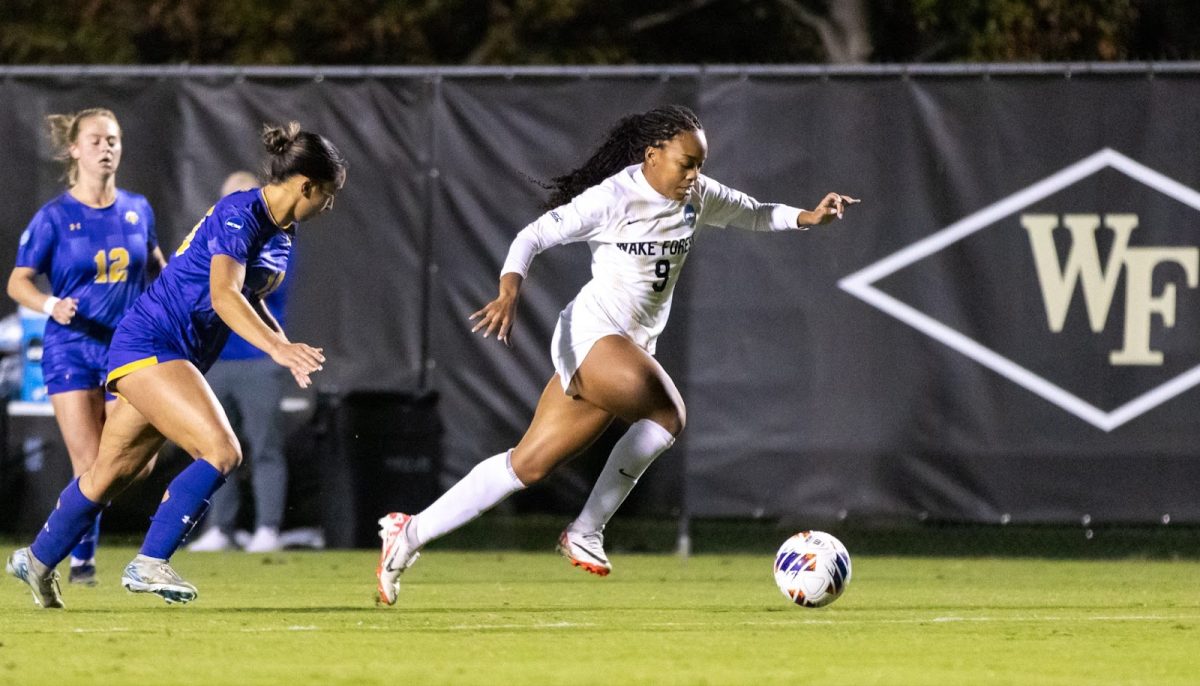
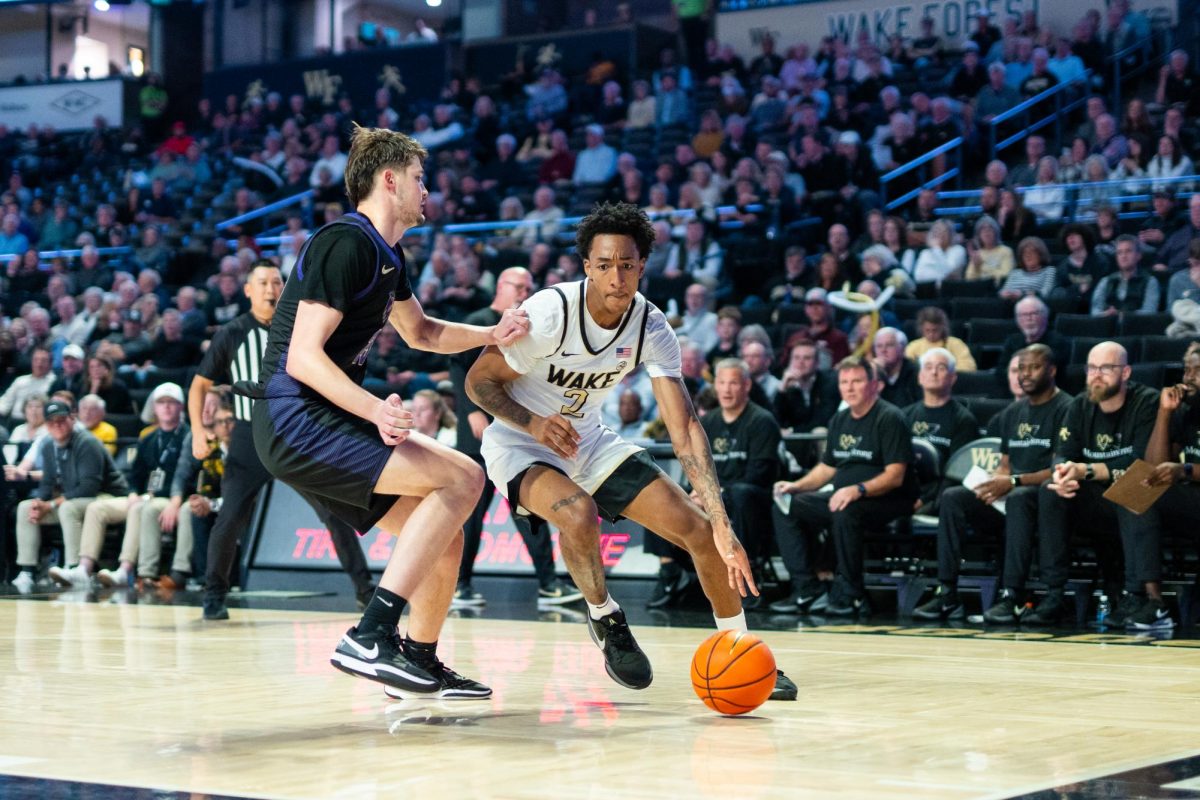
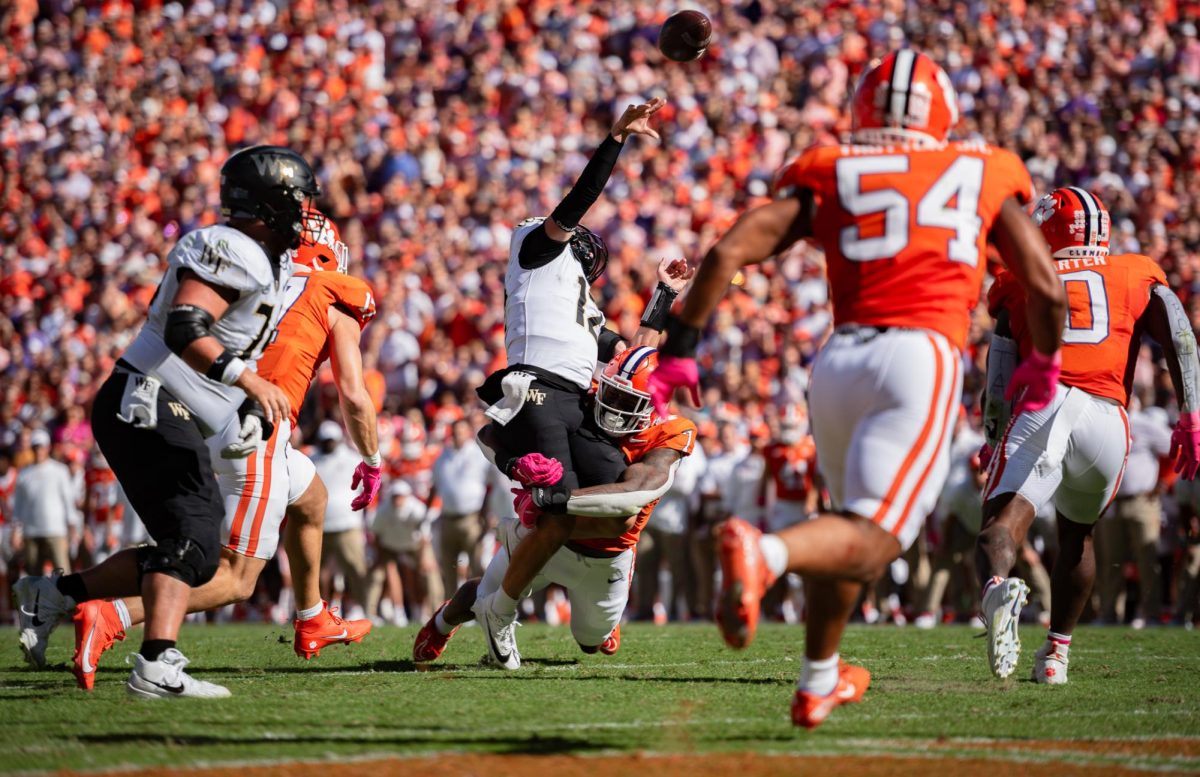
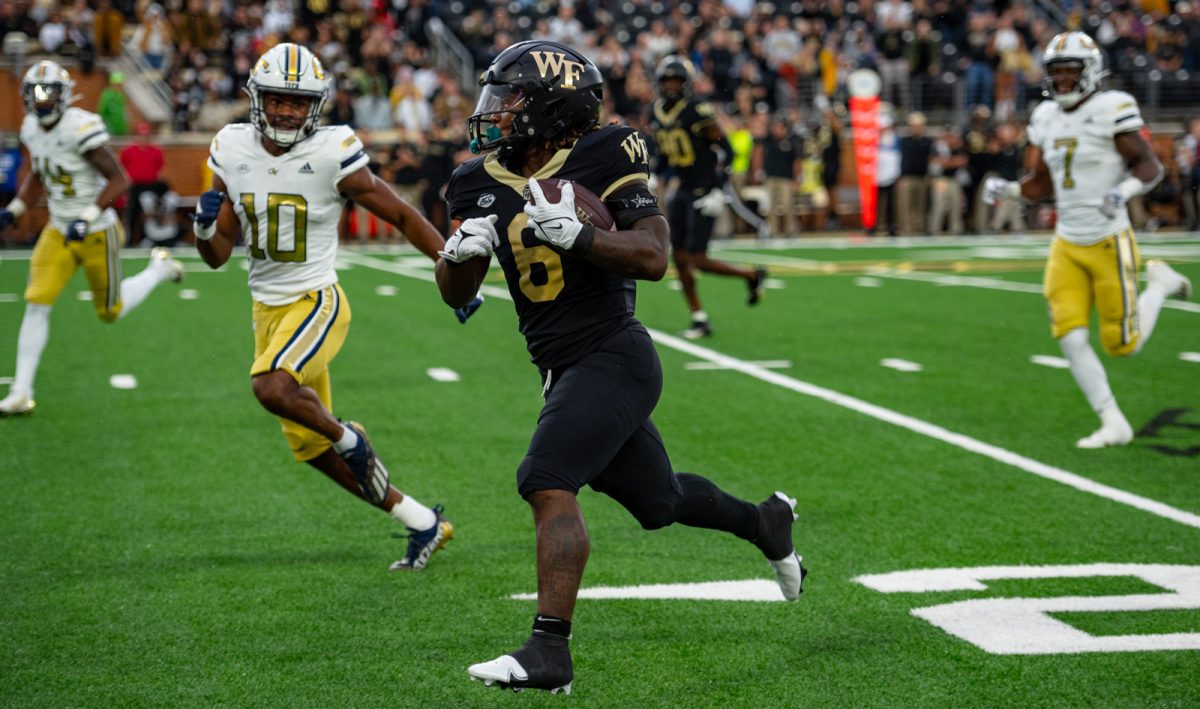
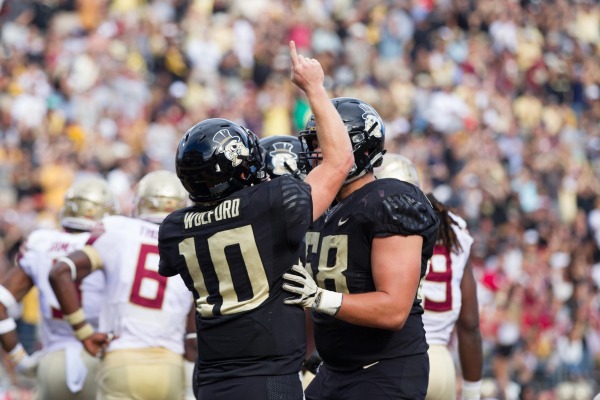
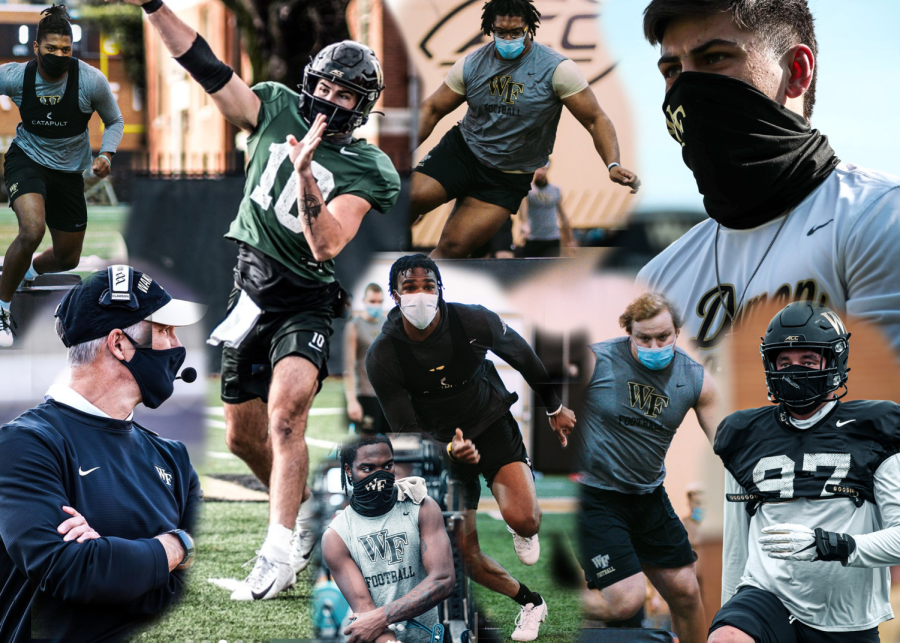
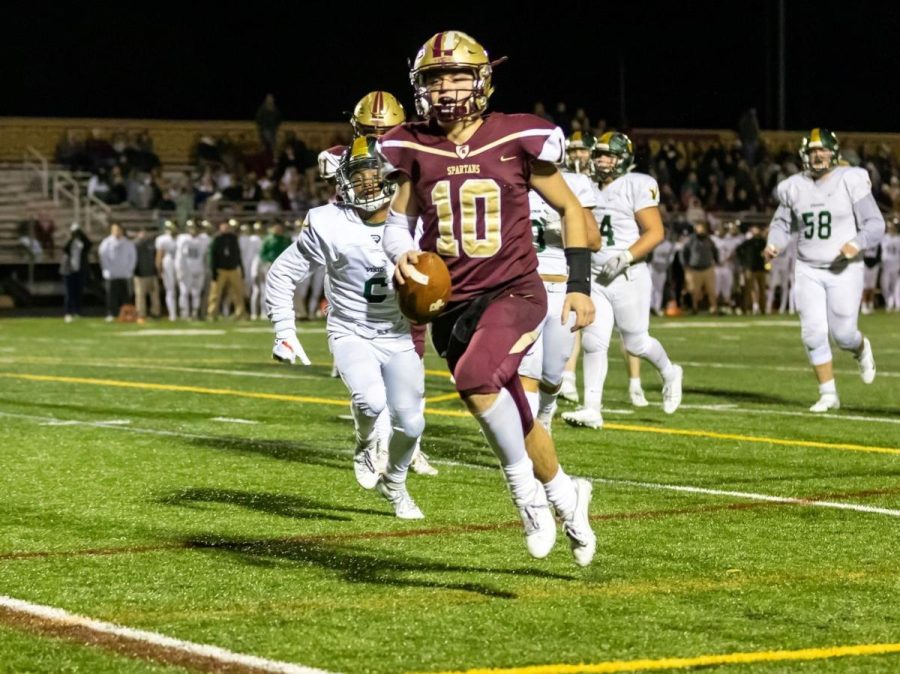
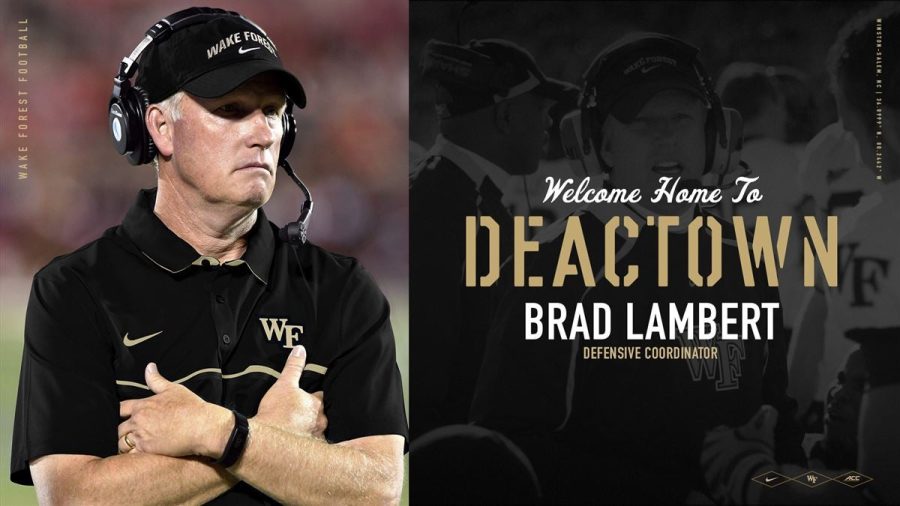
Jen • Dec 15, 2024 at 9:02 pm
It’s time for him to go. He doesn’t recruit well and this slow mesh offense does not work in the ACC.